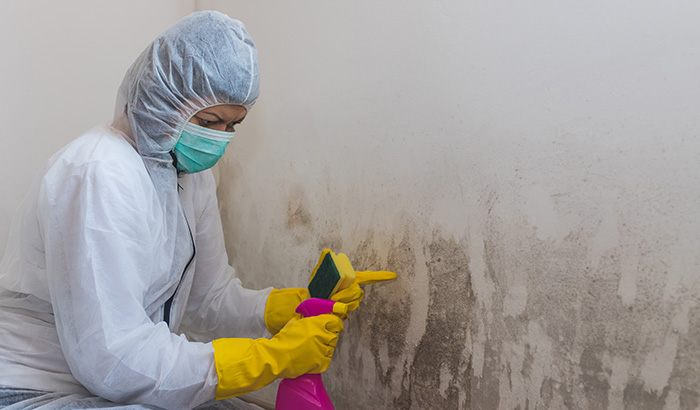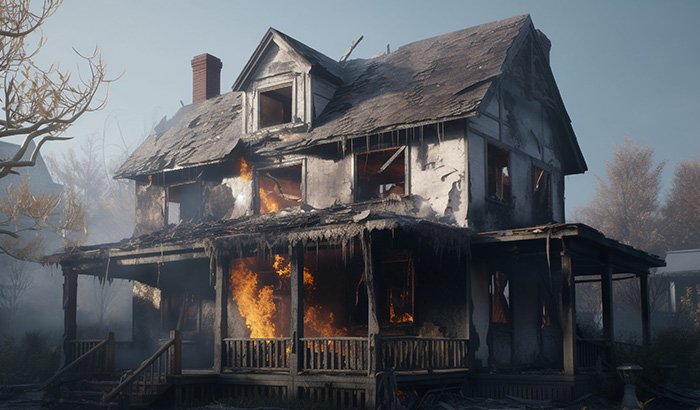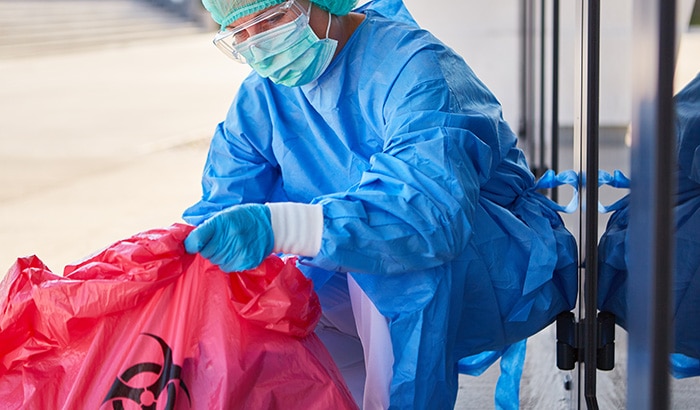
Should I Hire a Restoration Team? 10 Questions To Ask Yourself
In the wake of disasters or gradual wear and tear, your home might need some rejuvenating — but how do you know if a restoration

In the wake of disasters or gradual wear and tear, your home might need some rejuvenating — but how do you know if a restoration

Natural disasters are hazardous and scary, but knowing what to do before and after storm damage hits can make all the difference in recovery. Today, we’re diving deep into the world of storm damage mitigation.

Mold damage often infiltrates homes invisibly, only making itself known when it escalates into a giant problem. But don’t worry, this detailed guide will protect you against its assault!

Experiencing a house fire is traumatic and often leaves people grappling with a range of emotions — preparation helps you navigate these challenges. Most Americans

Identifying smoke damage is crucial, as it can impact the structural integrity of a building and pose serious health risks. Today, we’re exploring the various aspects of smoke damage, including its causes, types, and the necessary steps for restoration and prevention.

Unseen and often underestimated, mold damage silently creeps into our spaces, homes, and office buildings. But fear not — this comprehensive guide is your shield against its invasion!

Today, we’re sharing our comprehensive guide to natural disaster cleanup that will walk you through the complexities of natural disasters, explaining the key steps and offering advice along the way.

Biohazard material comes in many forms, including human and animal waste, mold, bodily fluid, medical waste, and certain chemicals. If these materials are present in your home, you must address them promptly to prevent the spread of disease.

People often don’t realize something is wrong until the signs are evident and cumbersome. Whether you’re dealing with a serious situation or a hidden case of mold, hire a mold remediation service to get the job done right.

Today, we’re covering what to expect when faced with the aftermath of a storm and the steps involved in the restoration process. This information will help you have all your ducks in a row if you’re ever faced with an unexpected accident.